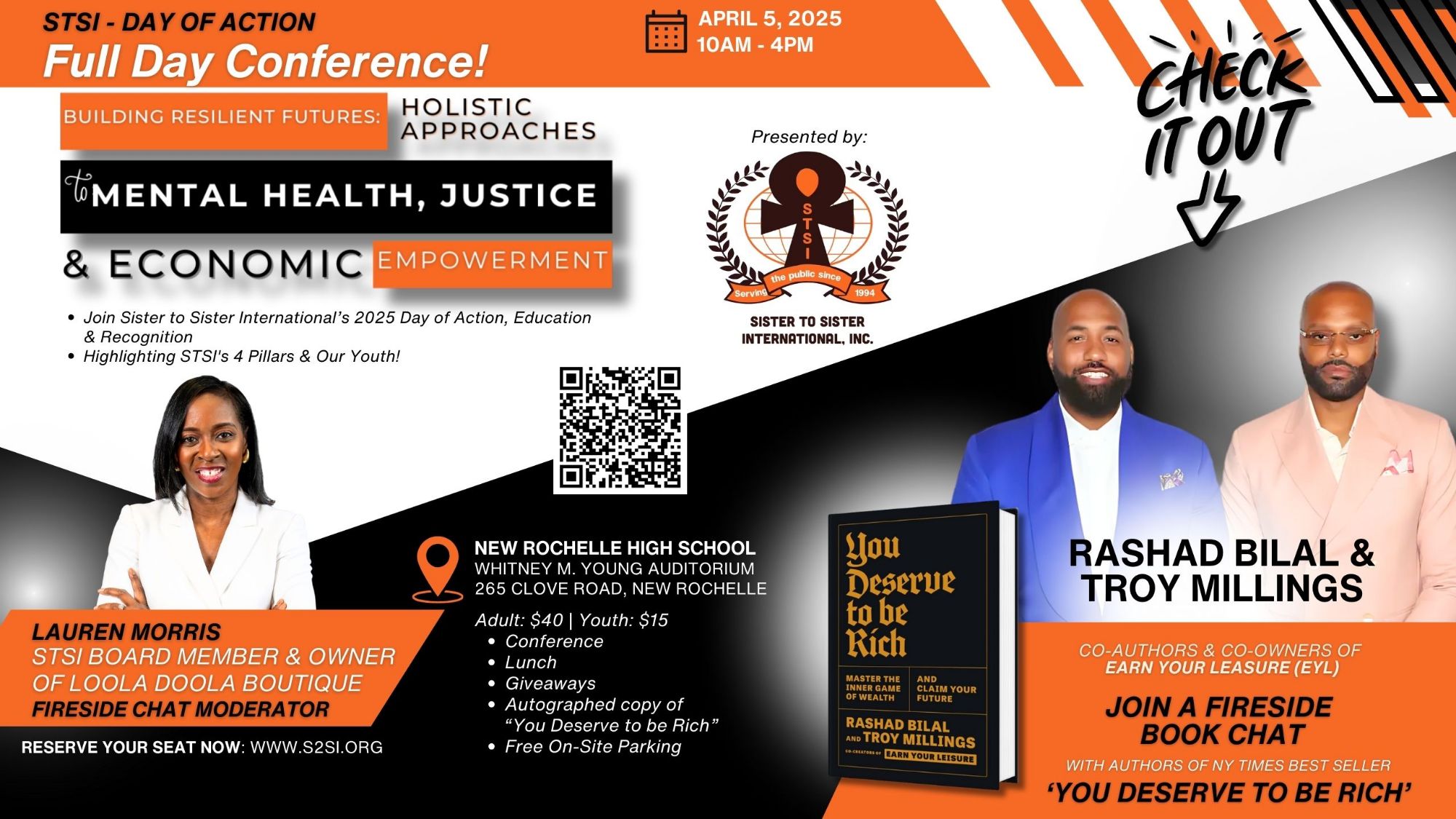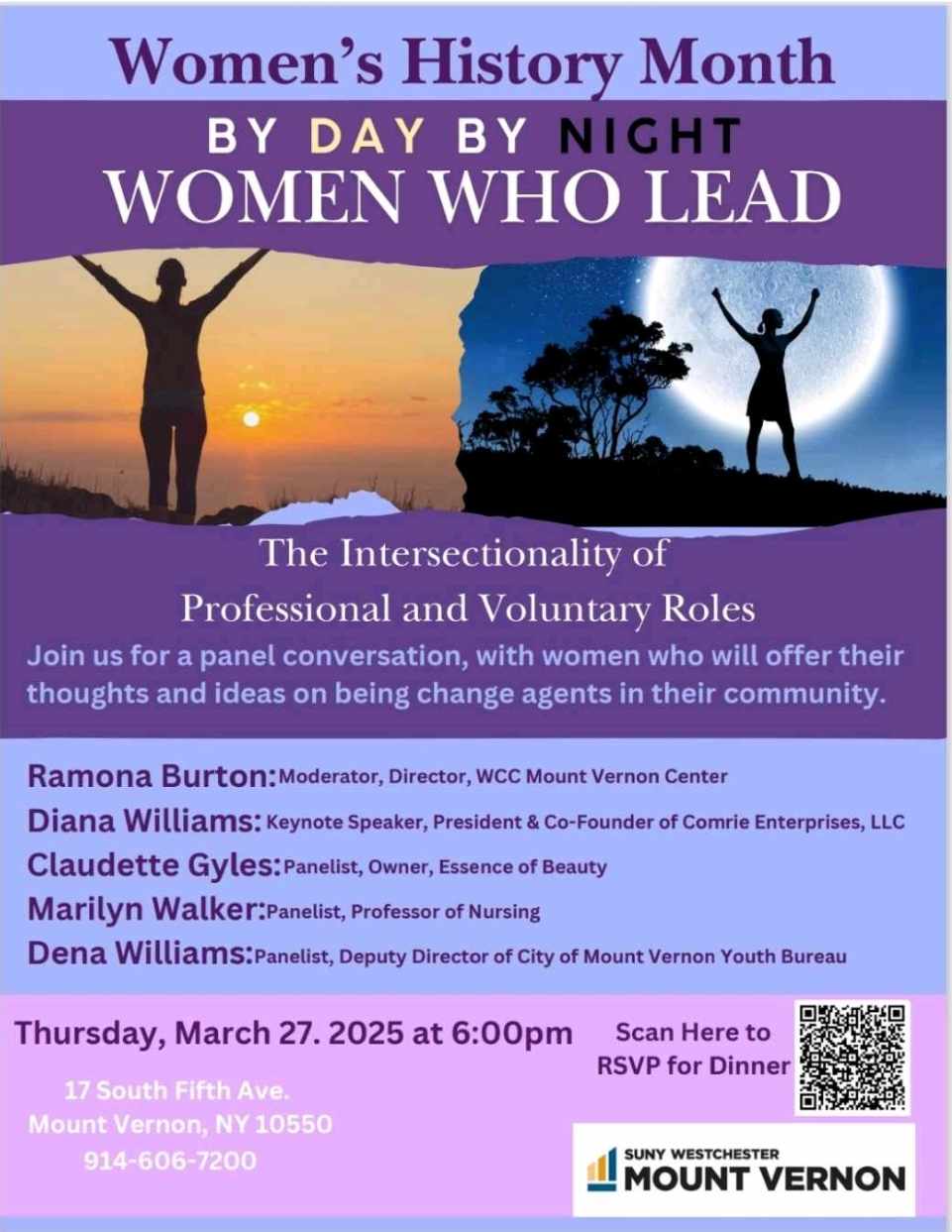Inna Lillahi wa Inna Ilaihi Raji’oon. ‘Indeed we belong to Allah, and indeed to Him we are returning’. [The Noble Qur’an, 2:156].
Omar Abdul Kharem returned to the Creator on September 11, 2024, at the age of 97. He was born in New York City on August 16, 1927, the son of Isabelle O’Neil and Sidney Grant. He spent much of his life living in Manhattan, the Bronx, Queens, and Brooklyn, eventually settling in Yonkers. He was surrounded by art, theater, and music, with household visitors the likes of Fats Waller, as well as many other artists.
As a young man, while in service for the Army Air Force segregated unit, Omar traveled the United States during segregation, as well as serving in the Pacific. This experience had a profound and lasting effect on him. While on the island of Guam, he began to study music and learned to play the clarinet. Once discharged he continued his studies at the Hartnett School of Music in NYC, also studying the Conga drum. Music, from his childhood introduction through his later studies, would remain a lifelong love and influenced his work as a jazz musician and composer.
In the late 1950s, Mr. Kharem became interested in photography, which became his major focus, though music remained ever-present in his life. He spent many years working as a freelance photographer. His work has been published in The New York Times, The Village Voice, Panorama Magazine, on album covers, and many publications of the work of African American photographers.
Having many friends in the then thriving Jazz world Mr. Kharem had a unique opportunity to perform with and photograph some of America’s great Jazz musicians as they improvised and played in clubs, lofts, and other venues. He photographed John Coltrane, Max Roach, Art Blakey, Ron Carter, Betty Carter, Archie Shepp, Alice Coltrane, Charles Moffett, Jackie McLean, Lee Morgan, Don Cherry, Ornette Coleman, Eddie Mathias, Billy Harper and many others. The list is long.
His love for music and photography enhanced each other. When he turned 90 years old Omar and his jazz band finally recorded many of his own original beautiful straight-ahead jazz compositions he wrote over half a century ago. He was honored when, back in the day, John Coltrane performed one of his original compositions at a club.
Influenced by Cartier-Bresson, Al Hicks, Eugene Smith, and Gordon Parks, photography became a true art for Mr. Kharem. His black-and-white images documenting NYC during the 1950s, ’60s, and ’70s evoke another time, another era which urge you to look further into the subject before you. Whether it’s a portrait of someone young or old, a candid street scene, or a shadow falling on a building, the power of his imagery is always thought provoking. Omar worked with Gordon Parks, both men pioneering African American artists, who documented civil rights, poverty and African American culture through photography and other artistic expressions.
Mr. Kharem’s work has been exhibited at galleries and museums throughout NYC, including The Studio Museum of Harlem, The Metropolitan Museum of Art, Red Ring Gallery, The Blue Door, The Brooklyn Museum, MINT, The Middle Collegiate Church Gallery, The 4th Street Photo Gallery, Kenkeleba Gallery, Hey Check This Out Gallery, The Jazz Forum, among many others. Again, the list is long.

In his personal life, Omar was a very unique and interesting person. With most people, with whom he interacted, Mr. Kharem offered the knowledge and insight he had gained through his life experiences and personal study. Often this knowledge pertained to the value of quality art and creativity, political awareness around issues of racial injustice in society, and deep philosophical explorations about the nature of time and reality. He was a deep thinker. He was also imaginative. He loved science fiction and all kinds of books on various topics. He loved language too, and spoke English Spanish, and much Arabic. Omar studied Islam and accepted Islam as his faith early in life.
His creativity had few limits. In addition to his more known endeavors of photography and Jazz composition, Omar rode his bike throughout the City and climbed trees in the parks. He also wrote poetry, and worked on inventing his own language at one point!
Omar was a very humorous man, known to make funny faces and “mess with people” with joking and wordplay. He had a loud and hearty laugh that equaled his smiling eyes. He enjoyed sweet things, quiet conversation, old movies, and tennis. Omar lived simply and was never focused on material possessions or notoriety. He was a one-of-a-kind individual who did not have predictable personality traits and did not assimilate into standard cultural behavior patterns. He was always his true self and unique. He had a strut like no other and was always, hands down, the coolest cat in the room.
There were so many decades of change during Omar’s almost century-long life and he experienced so much. He was loved by so many and has left us with the gift of his vision, for us to see what he saw during his life through his photography and through his music. He will be greatly missed and we will celebrate his time in this world and all that he gave to everyone he encountered.
Omar Kharem leaves behind many family and friends.
Mary Grant (deceased), Marion Bunce-Kharem, Linda Mendelson, his children, Haroon Kharem (Audrey Kharem), Mohammad Kharem, Nafisa Kharem, Leila Kharem (Percy Thomas), and Ahmed Kharem (Christina Kharem). Omar’s legacy includes many Grandchildren, Great Grandchildren, and Great Great Grandchildren: Omar Kharem (Tanya Kharem) & children Mary (Kiara) Destiny (Londynn and Logan). Jeremiah Kharem & children: Shamiah, Maia, Jeremiah Jr, Daniel Kharem (Sarah Tempson-Kharem) and their children Nasir, Adrian, Malachi, Maliah, Kelli Chappelle (Mitchell Chappelle) and their children Alanna, Xavier and Khalil, Chloe Wozniak (Max Katzenberg) and their children David and Liev Ian Wozniak, Fiona Wozniak and Sean Wozniak, Jasmine Brumley-Taub (Brett DiPillo) Li Mansur Kharem, Maya Kharem, and Amal Kharem.
And those who believed and whose descendants followed them in faith – We will join with them their descendants, and We will not deprive them of anything of their deeds’. [The Noble Qur’an, 52:21]
We pray Allah reunites us with our loved ones in His Eternal Gardens of Paradise. By the will of Allah, we shall all meet again. Ameen.
We will love you forever.
مع السلامة Ma’a salama Papa










